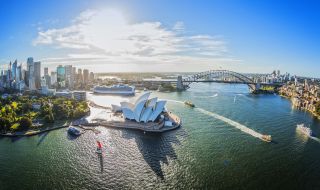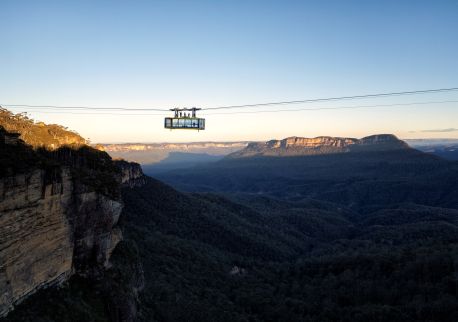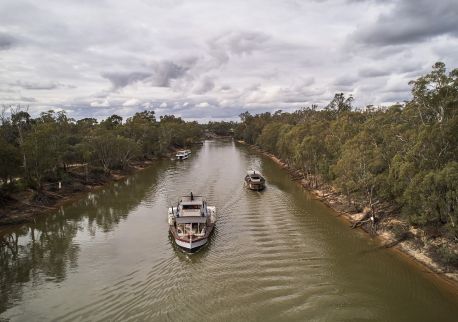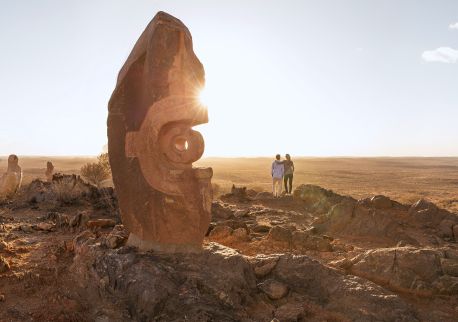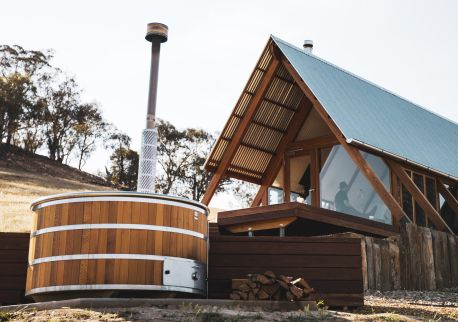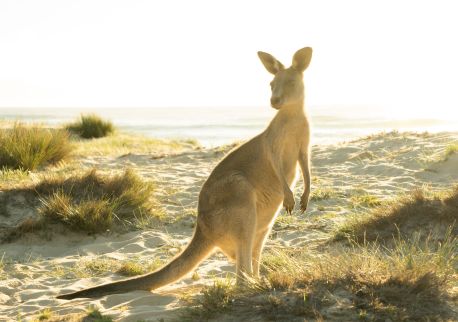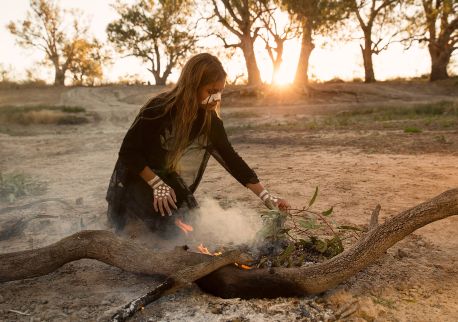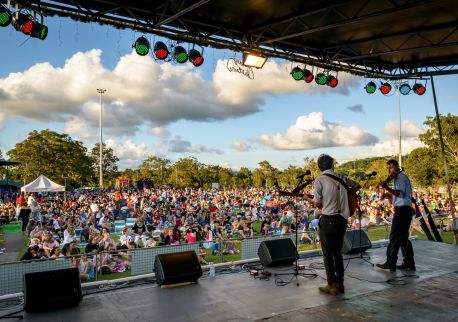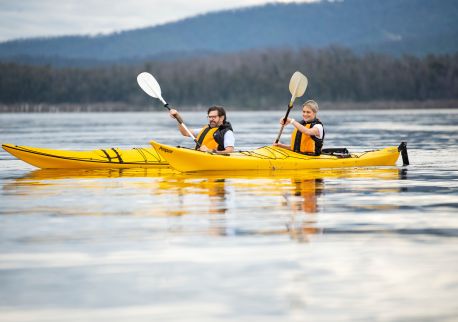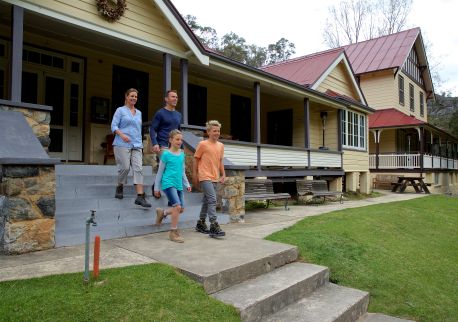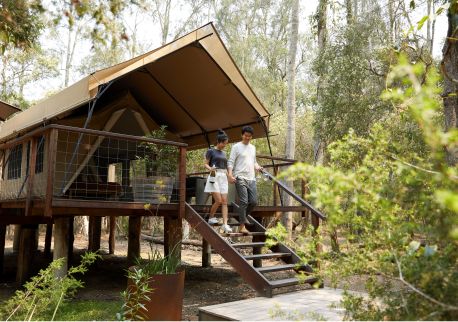Clarence Town
Overview
The area which became known as Clarence Town was first settled by white settlers following the visit of Lieutenant Colonel Paterson, who travelled up the river now known as the Williams River in 1801. The area was originally known as Erringhi ('place of wild duck' in the local dialect), but the name was changed to Clarence Town in 1832 after the Duke of Clarence, who in 1883 became King William the Fourth.
The shipbuilding industry began to grow, as timber in the area was plentiful. Many ocean-going vessels were loaded with timber for destinations in many parts of the world. The earliest economic activity in the Clarence Town area was cedar cutting, performed with convict labour from 1801. Clarence Town is located 20 kilometres south of Dungog.
The village grew around the early river ports, which were used to transport timber from the area to Maitland, Newcastle and beyond. The village of Clarence Town was surveyed and proclaimed in 1823. The Clarence Town river port and shipbuilding industry quickly began to grow, as timber in the area was plentiful and of good quality.
Many historic buildings still remain but the main attraction of the town is the Williams River. Its wide banks and calm conditions make it a popular water sports destination.
